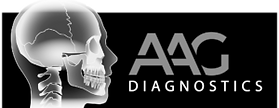
Testimonials
Our clients' trust is our greatest strength

Stephen 77
DentaGrip has improved my quality of life. I'm so pleased with how it has made taking care of my overdentures effortless. I highly recommend it to anyone looking to make their life a breeze."

Mary 68
The Denture Buddy snap-in denture tool has made my life hassle-free. I recommend it to anyone looking for a stress-free solution!
.jpg)
Marta 85
I can't thank the creators of DentaGrip denture removal tool enough! It's made my daily routine so much easier, and I couldn't imagine my life without it.

Beth & Adam
After struggling with those flimsy plastic tools that kept breaking, I finally found this high-quality removal tool from DentureBuddy.com. It's like comparing a sports car to a tricycle – the durability and effectiveness are unmatched!"

DentaGrip from DentureBuddy.com
Precision-designed and durable metal crafted for smooth, effective overdenture removal for seniors!
Discover the simplicity of a stress-free routine! Watch our step-by-step video demonstration to see how easy it is to remove your overdentures, aligners, or braces with our high-quality DentaGrip tool. Say goodbye to the frustration of cumbersome removal methods and hello to a more comfortable, user-friendly experience.
Make your daily routine a breeze – Order Yours Now!

Highest quality light weight (only 18g)
100% medical grade aluminum body





Frequently asked questions
Partners



